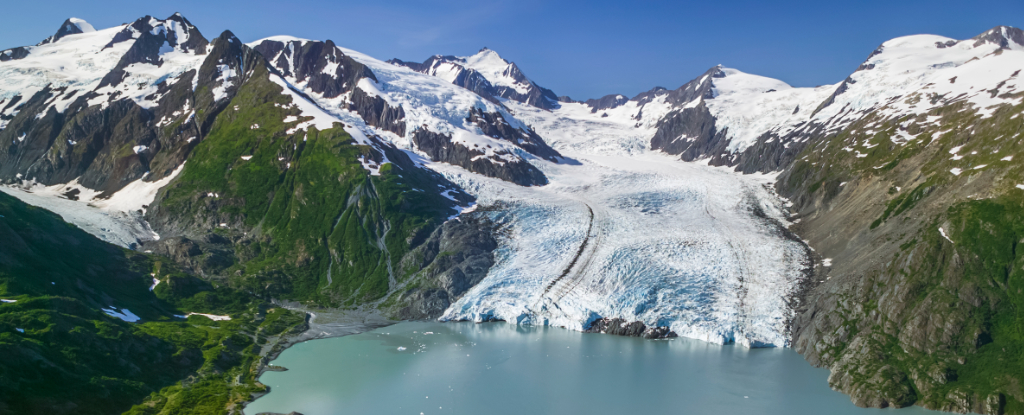The article describes Earth’s dramatic climatic conditions during the Cryogenian period, around 700 million years ago, when the planet experienced extreme glacial events known as “Snowball Earth.” During this time, vast glaciers, resembling giant bulldozers, reshaped the planet’s rocky surface and impacted marine chemistry upon melting. A study in Geology suggests that the grounding of minerals beneath the ice, once thawed, likely contributed nutrients to the oceans, facilitating the evolution of complex life.
The Snowball Earth hypothesis posits that these glaciations were driven by significant reductions in atmospheric greenhouse gases, particularly carbon dioxide. Such decreases may have resulted from natural processes, including enhanced rock weathering in tropical regions and geological activities linked to continental drift. The build-up of ice sheets reflected sunlight and further cooled the climate, leading to extensive freezing.
Volcanic activity is believed to have helped end these ice ages by releasing CO2, triggering a greenhouse effect that warmed the planet and caused rapid ice melt. This thawing released nutrients into the sea, fostering biological diversity and complex life.
The study emphasized how glacial activities shaped Earth’s crust and marine ecosystems over millions of years. It also highlighted the importance of understanding past geological processes, especially as human-induced climate change becomes a dominant force on shorter timescales. The article concludes with a call to reflect on our capacity to address these existential challenges while learning from geological history.
Source link


